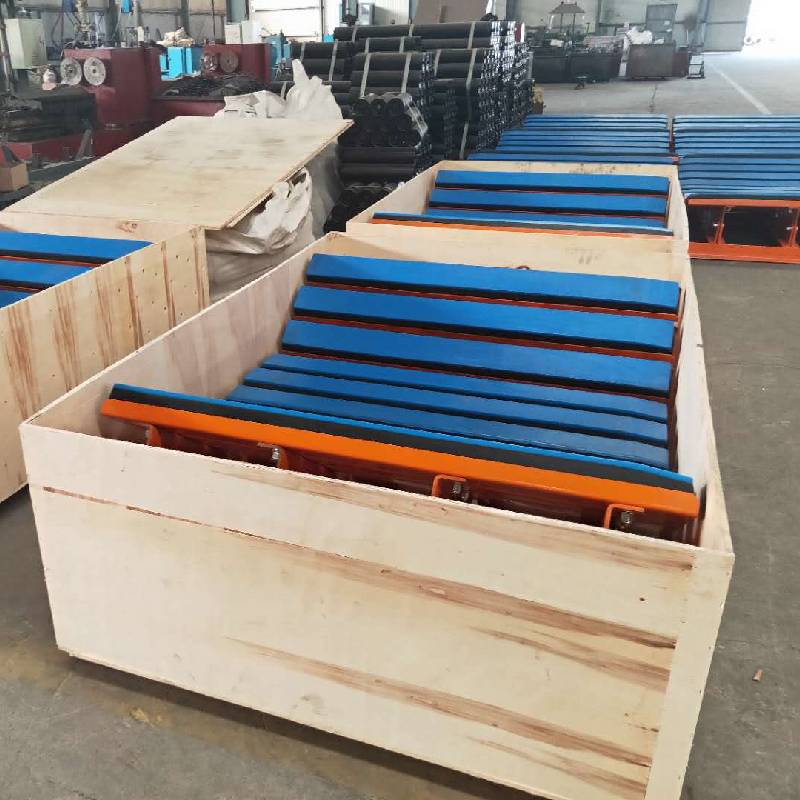 Afrikaans
Afrikaans  Albanian
Albanian  Amharic
Amharic  Arabic
Arabic  Armenian
Armenian  Azerbaijani
Azerbaijani  Basque
Basque  Belarusian
Belarusian  Bengali
Bengali  Bosnian
Bosnian  Bulgarian
Bulgarian  Catalan
Catalan  Cebuano
Cebuano  Corsican
Corsican  Croatian
Croatian  Czech
Czech  Danish
Danish  Dutch
Dutch  English
English  Esperanto
Esperanto  Estonian
Estonian  Finnish
Finnish  French
French  Frisian
Frisian  Galician
Galician  Georgian
Georgian  German
German  Greek
Greek  Gujarati
Gujarati  Haitian Creole
Haitian Creole  hausa
hausa  hawaiian
hawaiian  Hebrew
Hebrew  Hindi
Hindi  Miao
Miao  Hungarian
Hungarian  Icelandic
Icelandic  igbo
igbo  Indonesian
Indonesian  irish
irish  Italian
Italian  Japanese
Japanese  Javanese
Javanese  Kannada
Kannada  kazakh
kazakh  Khmer
Khmer  Rwandese
Rwandese  Korean
Korean  Kurdish
Kurdish  Kyrgyz
Kyrgyz  Lao
Lao  Latin
Latin  Latvian
Latvian  Lithuanian
Lithuanian  Luxembourgish
Luxembourgish  Macedonian
Macedonian  Malgashi
Malgashi  Malay
Malay  Malayalam
Malayalam  Maltese
Maltese  Maori
Maori  Marathi
Marathi  Mongolian
Mongolian  Myanmar
Myanmar  Nepali
Nepali  Norwegian
Norwegian  Norwegian
Norwegian  Occitan
Occitan  Pashto
Pashto  Persian
Persian  Polish
Polish  Portuguese
Portuguese  Punjabi
Punjabi  Romanian
Romanian  Russian
Russian  Samoan
Samoan  Scottish Gaelic
Scottish Gaelic  Serbian
Serbian  Sesotho
Sesotho  Shona
Shona  Sindhi
Sindhi  Sinhala
Sinhala  Slovak
Slovak  Slovenian
Slovenian  Somali
Somali  Spanish
Spanish  Sundanese
Sundanese  Swahili
Swahili  Swedish
Swedish  Tagalog
Tagalog  Tajik
Tajik  Tamil
Tamil  Tatar
Tatar  Telugu
Telugu  Thai
Thai  Turkish
Turkish  Turkmen
Turkmen  Ukrainian
Ukrainian  Urdu
Urdu  Uighur
Uighur  Uzbek
Uzbek  Vietnamese
Vietnamese  Welsh
Welsh  Bantu
Bantu  Yiddish
Yiddish  Yoruba
Yoruba  Zulu
Zulu ceramic lagging pulley
Understanding Ceramic Lagging Pulleys Enhancing Durability and Efficiency in Material Handling
Ceramic lagging pulleys represent a significant advancement in material handling technology, particularly in industrial applications involving conveyor systems. These specialized pulleys are engineered with a ceramic composite surface that offers a range of benefits, making them an essential component in optimizing conveyor performance and increasing operational efficiency.
At the heart of ceramic lagging pulleys is their durable surface material, which is designed to withstand the harsh conditions often encountered in industrial environments. Traditional rubber lagging, while effective, can wear down rapidly under heavy loads and abrasive conditions. Ceramic lagging, on the other hand, significantly enhances wear resistance, reducing the frequency of replacements and maintenance. This durability translates to lower operational costs, as companies spend less on labor and materials, allowing for a more economical and efficient operation.
In addition to their wear-resistant properties, ceramic lagging pulleys also enhance the frictional characteristics of conveyor systems. The ceramic surface provides superior traction, which is crucial for preventing slippage and ensuring that materials are transported smoothly and reliably. This enhanced grip is particularly advantageous in applications where moisture, dust, or ice can create slippery conditions. By minimizing slippage, ceramic lagging helps to improve the overall efficiency of the conveyor system, reducing downtime and increasing productivity.
ceramic lagging pulley

Another notable feature of ceramic lagging pulleys is their ability to function effectively in a wide range of temperatures. Many industrial processes involve extreme heat or cold, which can adversely affect the performance of traditional lagging materials. Ceramic materials are engineered to maintain their integrity and functionality across diverse temperature ranges, ensuring consistent performance even in the most challenging environments.
Furthermore, the installation of ceramic lagging pulleys can lead to improved belt tracking. Proper belt alignment is crucial in conveyor systems, as misalignment can result in increased wear on belts and components and can disrupt the flow of materials. The design of ceramic lagging aids in maintaining proper alignment, thus enhancing the longevity of the entire conveyor system. Improved tracking also leads to reduced energy consumption, as the system operates more smoothly and efficiently.
Ceramic lagging pulleys are also an environmentally friendly option. With their extended lifespan and reduced need for replacements, implementation of ceramic lagging contributes to sustainability by minimizing waste. Additionally, the efficiencies gained through their use can lower energy consumption which contributes to reduced carbon footprints for industrial operations.
In conclusion, ceramic lagging pulleys are an innovative solution for industries that rely on conveyor systems for transporting materials. Their unparalleled durability, superior traction, and ability to perform under extreme conditions make them an invaluable asset in enhancing the efficiency and longevity of material handling processes. By investing in ceramic lagging technology, companies can realize significant operational benefits, reduced costs, and a commitment to sustainable practices, ultimately leading to a more productive and environmentally responsible operation. As industries continue to evolve, the adoption of advanced technologies such as ceramic lagging pulleys will undoubtedly play a pivotal role in shaping the future of material handling solutions.
-
Revolutionizing Conveyor Reliability with Advanced Rubber Lagging PulleysNewsJul.22,2025
-
Powering Precision and Durability with Expert Manufacturers of Conveyor ComponentsNewsJul.22,2025
-
Optimizing Conveyor Systems with Advanced Conveyor AccessoriesNewsJul.22,2025
-
Maximize Conveyor Efficiency with Quality Conveyor Idler PulleysNewsJul.22,2025
-
Future-Proof Your Conveyor System with High-Performance Polyurethane RollerNewsJul.22,2025
-
Driving Efficiency Forward with Quality Idlers and RollersNewsJul.22,2025





























